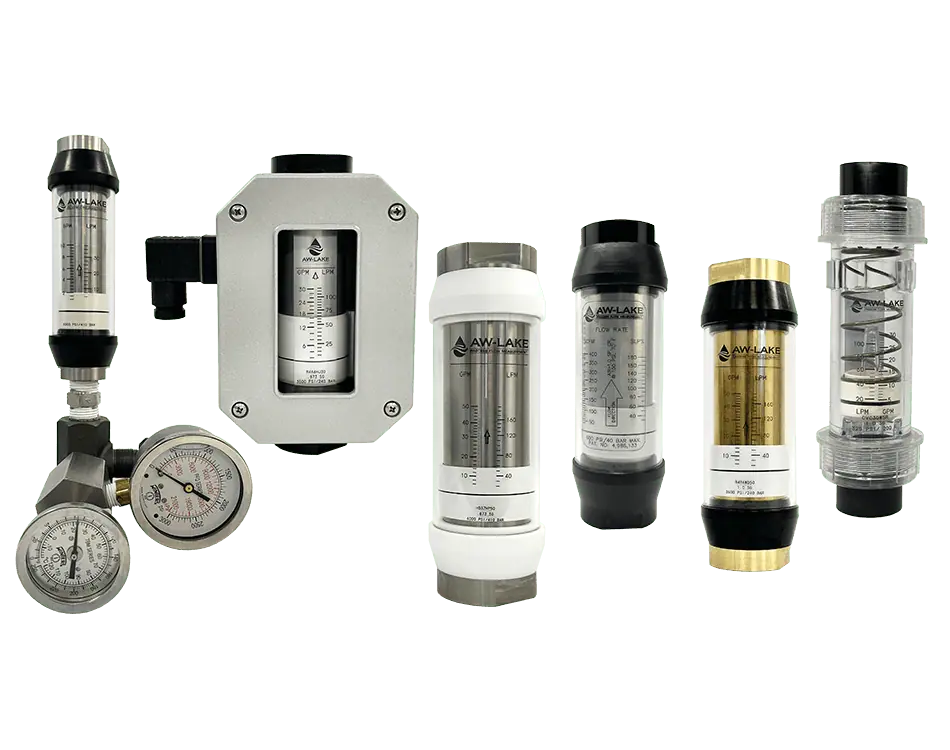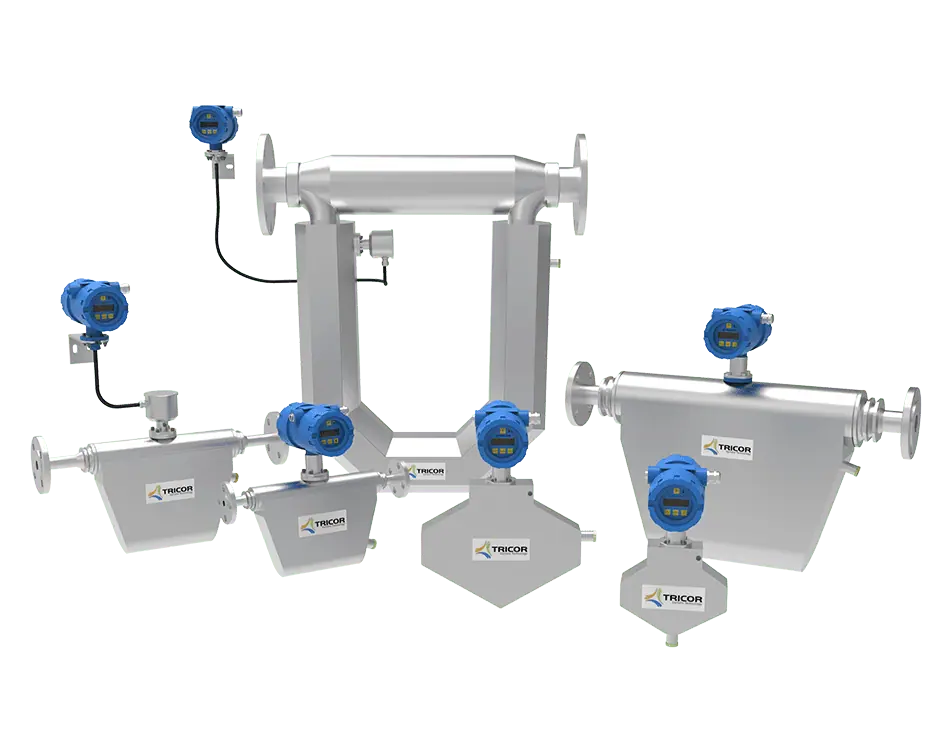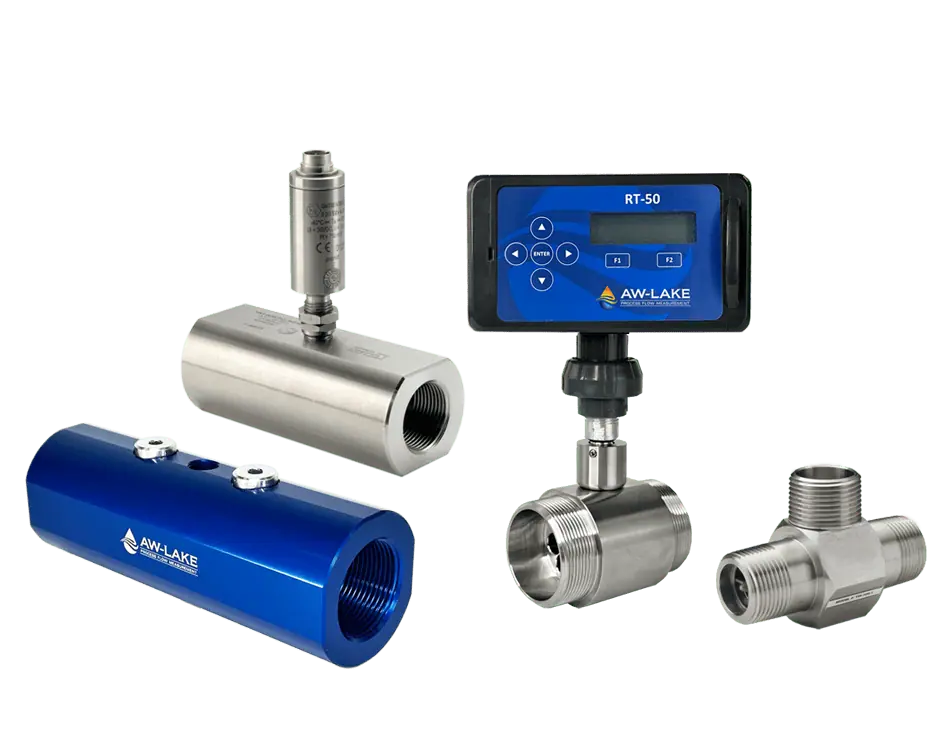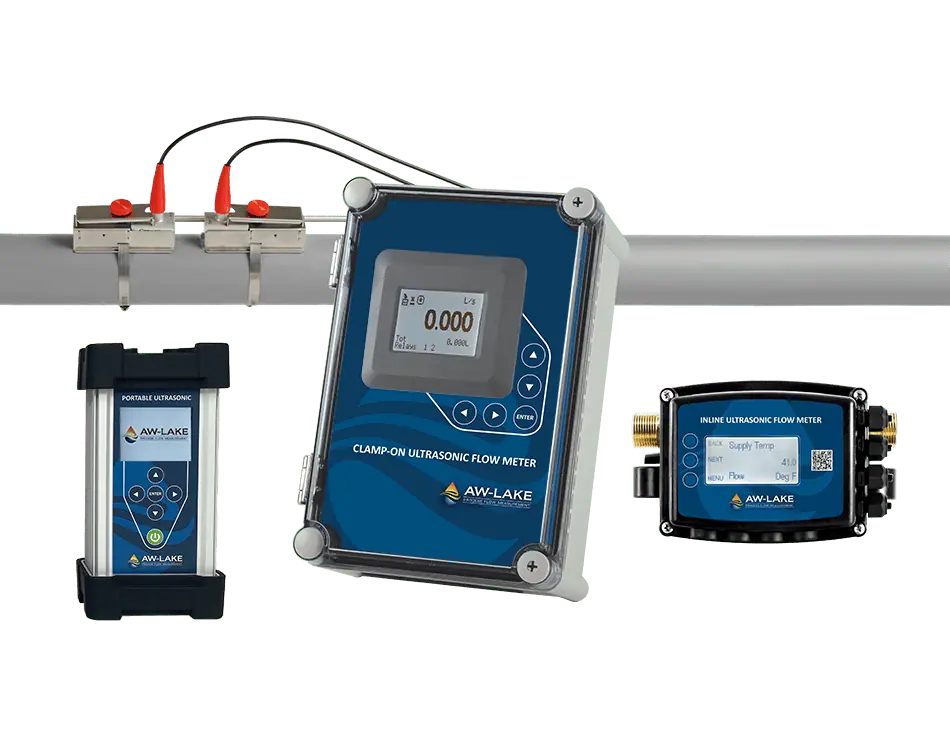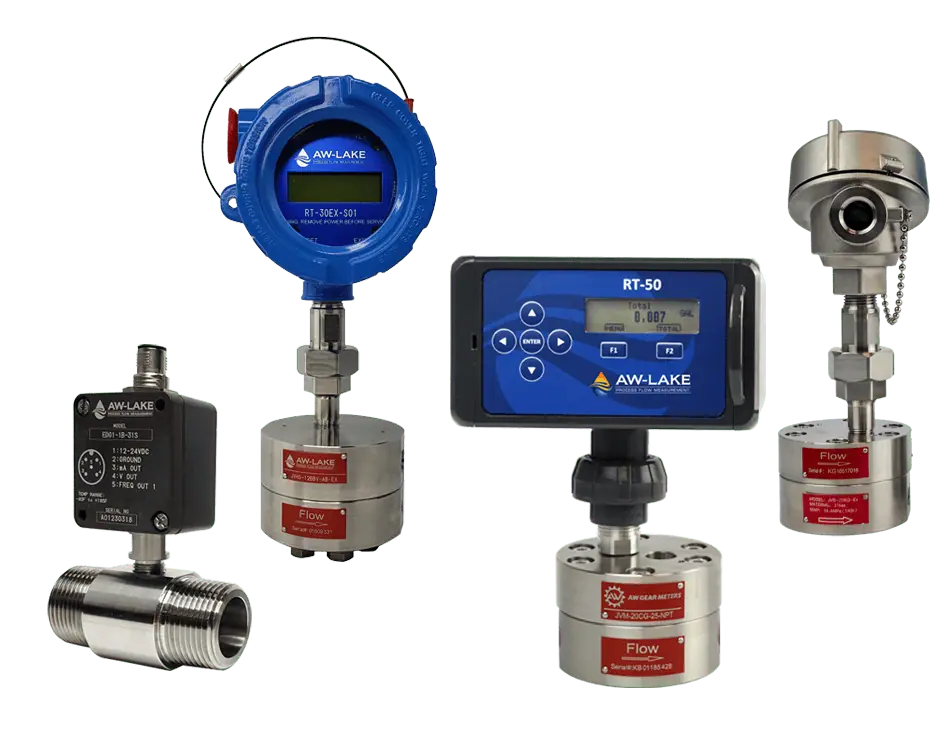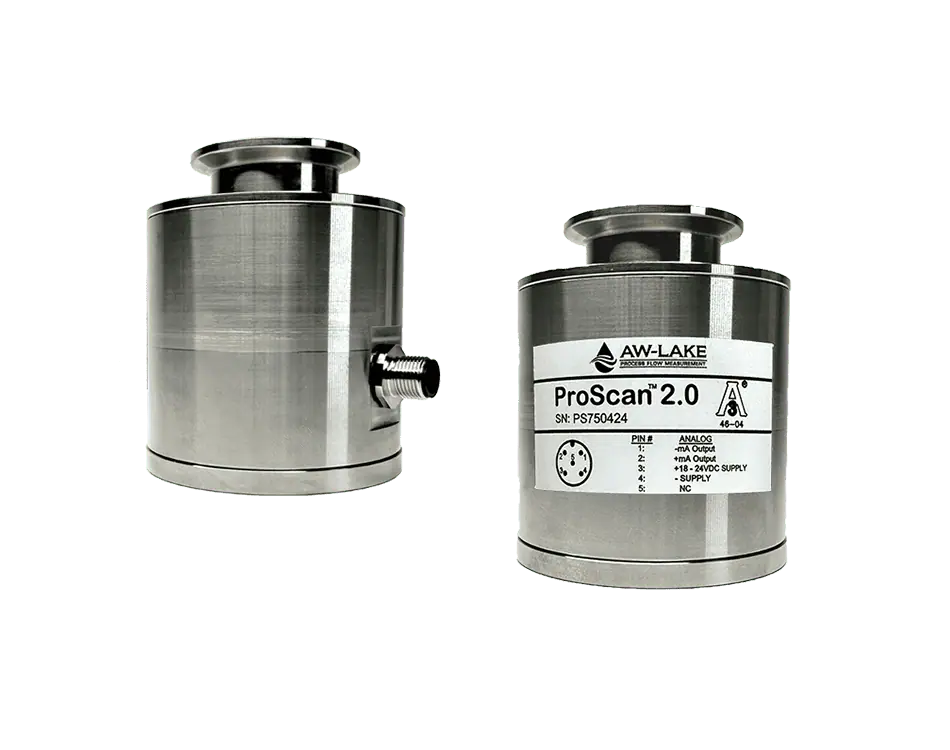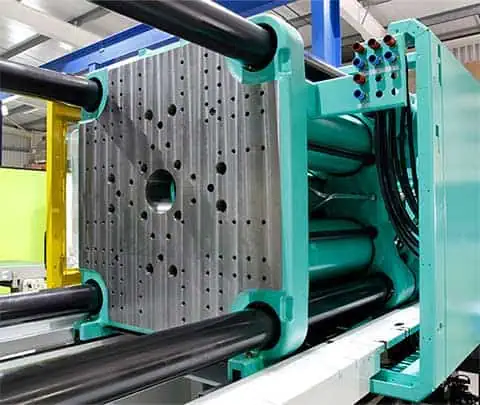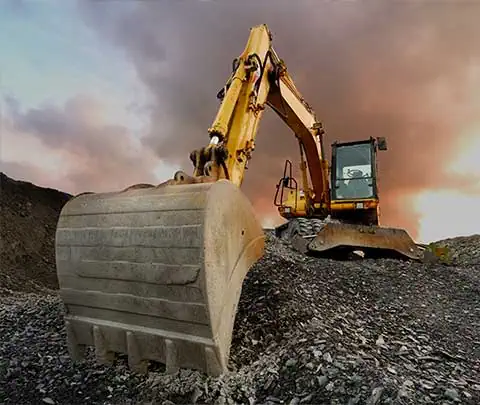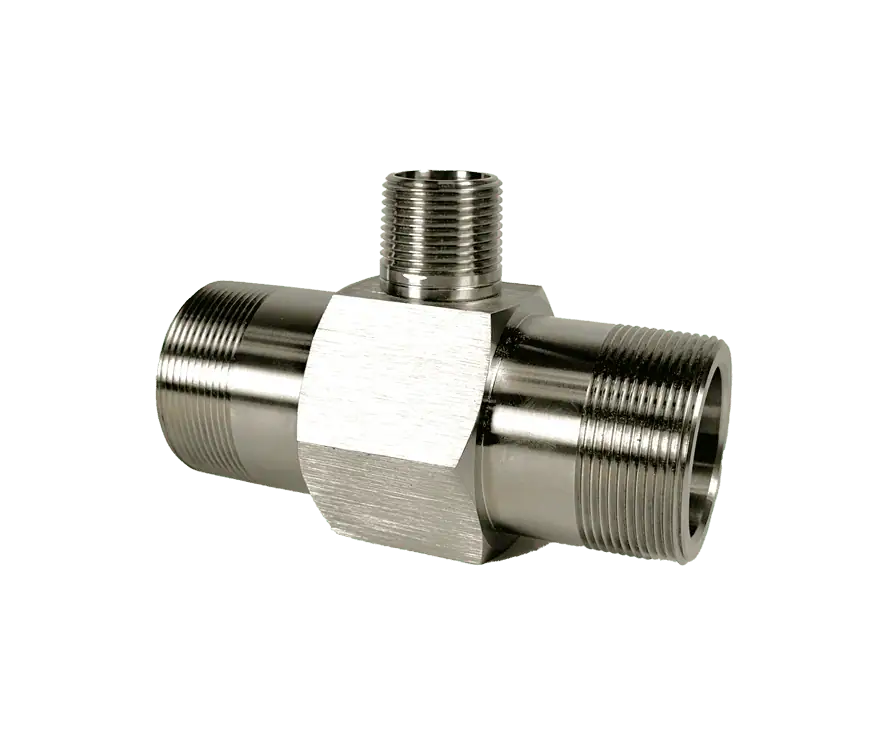
Incorporating Wireless Sensing Technology with Flow Meters
Despite the enormous range of cost-efficient flow meters available, many industries still measure flow via rudimentary means like observation and physical inspection. These are easy to implement and typically require no up-front investment. Yet the initial savings can be superficial in the grand scheme.
In this blog post, AW-Lake explores the importance of flow meters for cost-efficient and accurate flow measurement. We will also discuss the benefits of incorporating wireless sensing technology into your flow systems.
Drawbacks of Manual Flow Measurement
Manual monitoring of flow systems is a labor-intensive process that takes time and trained personnel to carry out effectively. Workers may have to travel to multiple sites to monitor the performance of pumps and containers. This issue is particularly prevalent in agriculture, where even small farms comprise numerous assets spread across up to 500 acres of land. Manual inspection of all key points in the flow system can take hours, significantly reducing productivity. The preferred solution is to utilize a network of flow meters to automate elements of data capture and process monitoring. Historically, this required physical cabling which comes with its own unique challenges.
The other primary drawback of manual flow monitoring is its imprecision. Even experienced workers can only offer a general qualitative impression of flow rate and container volume, while makeshift techniques are even more inaccurate.
Advantages of Wireless Flow Meters
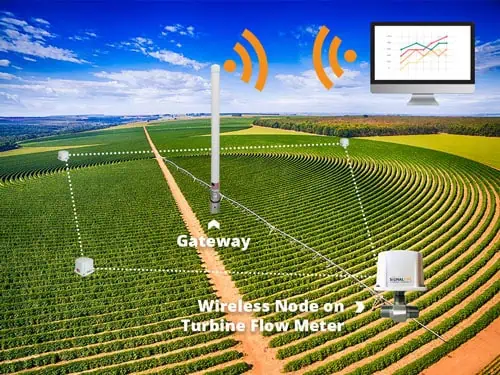
Improvements in wireless sensing technology have resolved these issues and presented a range of additional enhancements for data capture and process monitoring. Using radio frequencies or Bluetooth communications, it is now possible to connect multiple sensors and flow meters into a secure mesh network that can be accessed remotely by personnel. Data from flow meters is extracted by a radio- or Bluetooth-enabled node and transmitted to a central gateway, which can interface with local WIFI networks to provide real-time flow data on demand.
Incorporating Wireless Sensing Technology with AW-Lake Flow Meters
AW-Lake supplies a range of wireless communications solutions suitable for integration with our leading flow meters. These include:
- RT-50 Battery-Powered Flow Rate Transmitter
- FAC-R Frequency to Analog Converter
- FAC-S Analog Output Sensor
- SFT Battery-Powered Flow Totalizer
- SFS-WP Intrinsically Safe Wireless Flow Transmitter
We also offer an extensive range of SignalFire Remote Sensing Systems, which consist of flow meters with integrated wireless nodes that can intuitively connect in a secure mesh for safe, real-time flow monitoring on the go. Our wireless sensing technologies are compatible with both gear and turbine flow meters.
If you would like to learn more about our wireless sensing technologies, or our range of flow meters, please do not hesitate to contact us directly.
Stay Up to Date With Everything AW-Lake

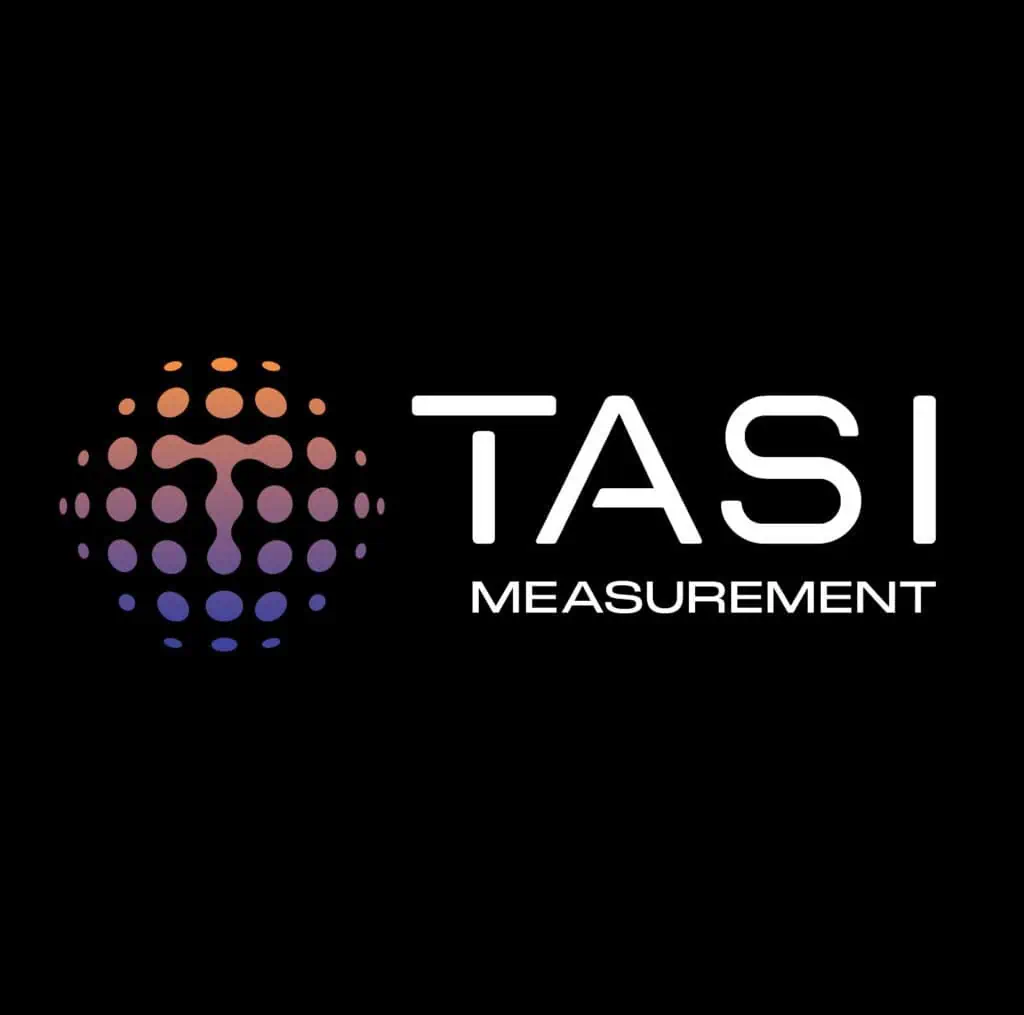



TASI Measurement Modernizes Brand to Match Innovation in Instrumentation


